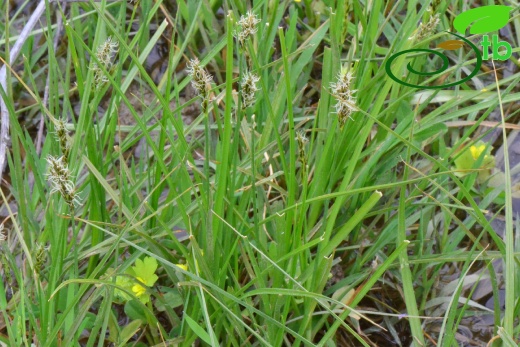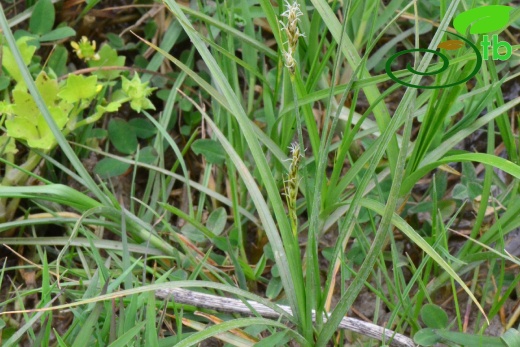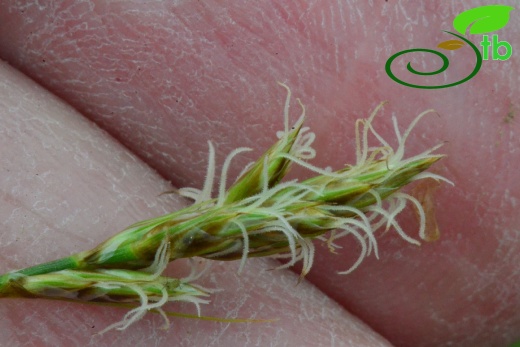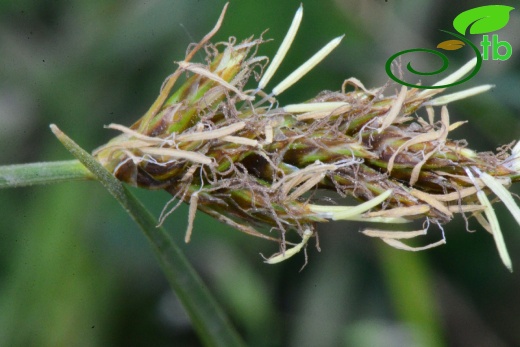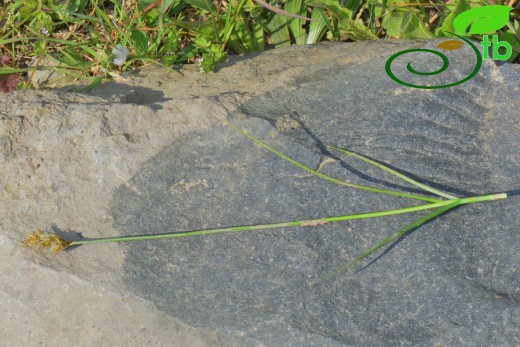Carex divisa
Carex divisa
Zevzirçimeni
Rhizome woody, far-creeping, to 6 mm thick, covered with adpressed pale brown to blackish-brown scales which soon become fibrous; short lateral branches ofrhizome emitting single shoots or more often few-stemmed clusters. Stems 10-70 cm, trigonous, ± scabrid at least above, erect, leafy in lower half; basal sheaths short, firmly clasping, soon becoming fibrous, pale to dark brown. Leaves 1-2.5 mm, shorter than stem, ± flat or often channelled or involute, narrowed into long slender scabrid tip, ± erect, greyish-green. Inflorescence simple , ovoid and dense to 0 blong and rather lax and lobed, 1.5-3.5 cm; lowest bract setaceous or glumaceous and short, or leaf-like and longer than inflorescence. Spikes 3-8 , uppermost often male, lower male above and female below or sometimes entirely female, rather crowded and usually overlapping, ovoid or narrowly ovoid. Female glumes c. as long as utricIes, lanceolate-etiiptic, acute and often aristate, sometimes carinate, reddish-brown, dark brown or sometimes pale brown, mid-vein distinctly paler when young but glumes often becoming more concolorous with age; margins usually scarious. Utricles yellowish- to dark reddish-brown, elliptic-ovoid to broadly ovoid, 3-4.2 mm, sometimes curving adaxially, coriaceous, ± spongy in basal part, often whitish-stipitate, distinctly to obscurely many-veined on back, sometimes shining, without lateral wings or with narrow scabrid wings along beak and upper half; beak short, to 0.9 mm, flattened, smooth or scabrid on margins, bifid. Marshy saline meadows, by soda lakes, grassland, ditches, pools, rice fields, sometimes in water, s.l.-2800 m.
W.& southern C. Europe, S. Russia, Mediterranean area, S.W. Asia to TienShan; introduced in N. America, S. Africa and New Zealand. Euro-Sib. element.



